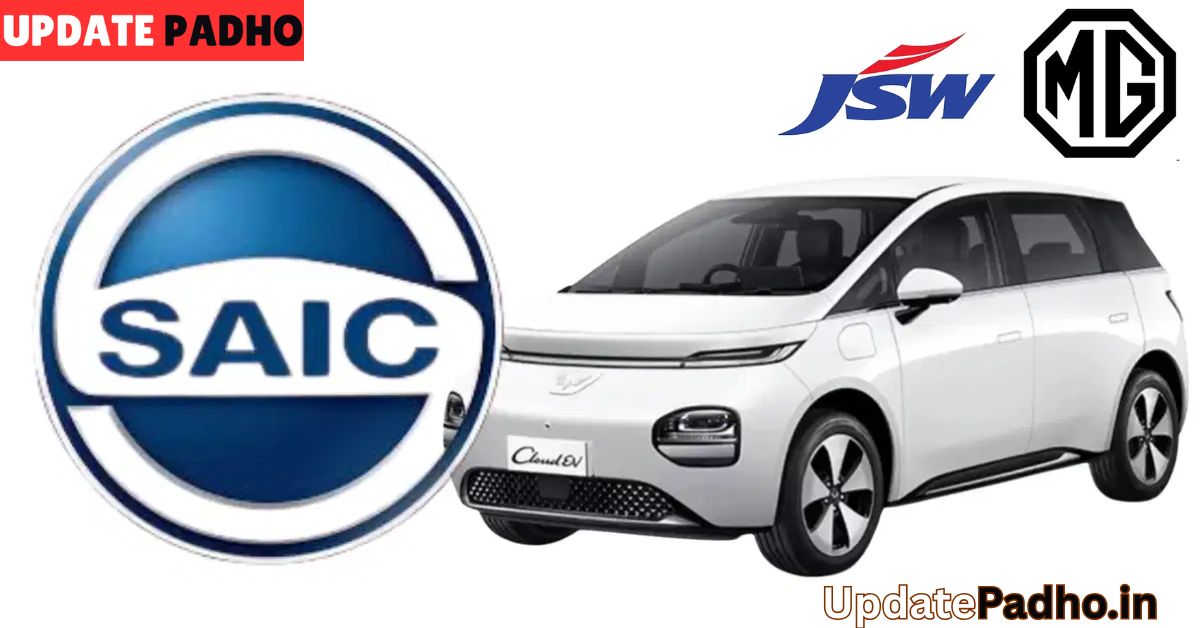In a move that signals a significant shift in India’s automotive landscape, Chinese auto giant SAIC Motor is preparing to reduce its stake in JSW MG Motor India. This decision comes amid ongoing geopolitical tensions and regulatory hurdles that have complicated foreign direct investment (FDI) from neighboring countries—particularly China. While SAIC is not exiting the Indian market entirely, its decision to dilute its 49% stake and pause fresh investments marks a turning point for the joint venture and the future of MG Motor in India.
🌏 Background: SAIC’s Entry and Expansion in India
SAIC entered the Indian market in 2019 under the MG Motor brand, investing over $650 million and acquiring General Motors’ former manufacturing facility in Gujarat. With an annual production capacity of 120,000 units, the plant became a cornerstone of MG’s operations in India. The brand quickly gained traction, especially in the electric vehicle (EV) segment, with models like the ZS EV and Comet EV contributing to its rise as the second-largest EV manufacturer in the country after Tata Motors.
However, SAIC’s ambitions faced a major setback in 2020 when India introduced stricter FDI rules targeting investments from neighboring countries following border tensions. These regulations effectively stalled SAIC’s plans to inject further capital into MG Motor India, including proposals under government-linked EV incentive schemes2.
🤝 The JSW Partnership: A Tactical Workaround
To navigate these investment curbs, SAIC partnered with Indian conglomerate JSW Group, forming JSW MG Motor India. In 2023, JSW acquired a 35% stake in the venture for approximately $300 million, valuing MG Motor India at around $1.2 billion. The proceeds from this deal went directly to SAIC, rather than being reinvested into the Indian unit3.
This partnership was seen as a strategic workaround to regulatory barriers, allowing MG Motor to continue its operations and expansion plans in India. JSW has since filed a $240 million EV investment proposal, which is currently awaiting government approval.
📉 SAIC’s Stake Reduction: Reasons and Implications
SAIC’s decision to reduce its stake is driven by multiple factors:
- Regulatory Challenges: India’s FDI restrictions have made it difficult for Chinese firms to invest freely. Despite recent diplomatic efforts, approvals for importing rare-earth materials crucial for EV manufacturing remain stalled4.
- Valuation Disputes: JSW is keen to become the majority shareholder by acquiring most of SAIC’s stake. However, both parties have yet to agree on a valuation, with SAIC reportedly seeking a higher price5.
- Strategic Divergence: JSW is in advanced talks with rival Chinese automaker Chery Automobile for a technology partnership to launch its own car brand in India. This move has reportedly caused unease within SAIC, as it could create a conflict of interest within the joint venture5.
Despite these challenges, SAIC plans to continue supplying technology and products to JSW MG Motor, ensuring that the brand retains access to its global expertise3.
🚗 What This Means for MG Motor India
The dilution of SAIC’s stake could have several implications for MG Motor’s future in India:
- Greater Autonomy for JSW: With increased ownership, JSW will have more control over strategic decisions, product development, and market positioning.
- Technology Access: Continued support from SAIC ensures that MG Motor retains access to cutting-edge automotive technologies, at least in the short term.
- EV Focus: JSW’s commitment to EVs, backed by its $240 million investment proposal, positions MG Motor to remain competitive in India’s rapidly growing EV market.
However, the entry of global players like Tesla and the rise of domestic competitors mean that MG Motor will need to innovate aggressively to maintain its market share.
🧭 Looking Ahead: A New Chapter for MG in India
SAIC’s reduced role in JSW MG Motor India marks the beginning of a new chapter—one that could redefine the brand’s trajectory in the country. While the move reflects broader geopolitical and regulatory challenges, it also opens the door for JSW to steer MG Motor with greater independence and agility.
As negotiations continue and the EV landscape evolves, all eyes will be on how JSW balances its ambitions with the legacy and technological backbone provided by SAIC. Whether this transition leads to a stronger, more localized MG Motor or creates new hurdles remains to be seen.



